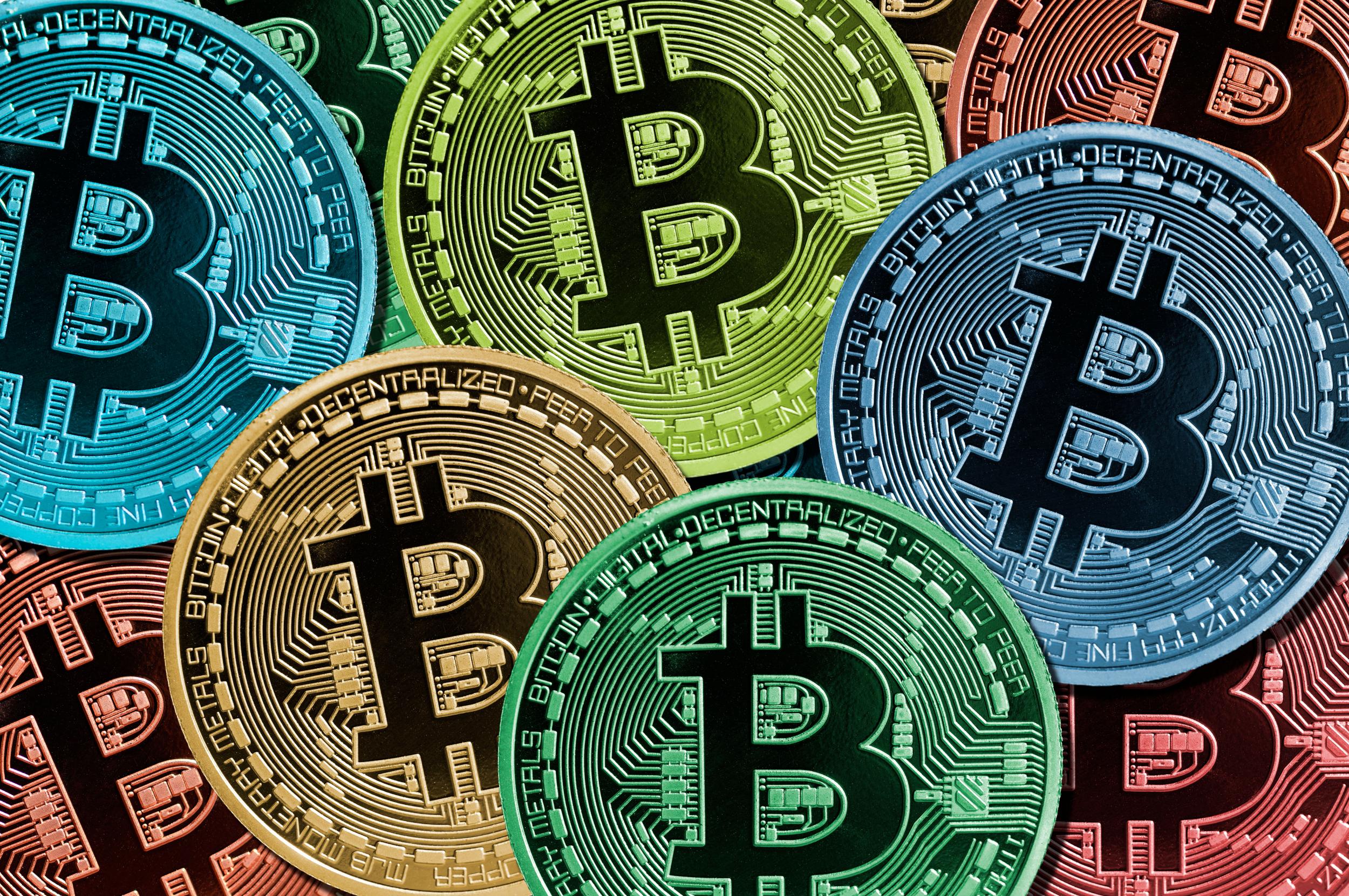

Hardware wallets are dedicated devices that offer an additional layer of security.
#Coincheck hack 10 million trying to sell software#
One alternative is to keep the assets in software wallets, which come in online, mobile and desktop varieties. The lesson for crypto-enthusiasts is that exchanges are prime targets for hackers and no place to store your coins. So what can you do to keep crypto-assets safe? One researcher estimates that more than 14 percent of Bitcoin and rival currency Ether has been stolen. North Korean leader Kim Jong Un has allegedly sent his hackers out to swipe digital coins as his country faces tightening trade sanctions. As prices of digital assets have soared, the platforms have become increasingly juicy targets for hackers. Yusuke Otsuka, Coincheck’s chief operating officer, said on Friday that around 523 million NEM coins were sent from a NEM address at Coincheck at around 3 a.m. On February 5, the cities of Beijing and Suzhou airdropped 10 million digital. Yes, there’s a long history of thefts at cryptocurrency exchanges and wallets, dating back to the infamous robbery of Tokyo-based Mt. Japanese Authorities Arrest 30 People in Connection with 2018 Coincheck Hack. Aren’t these exchanges being hacked a lot? While this approach worked for Ethereum in 2015, NEM Foundation Vice President Jeff McDonald said a fork is not an option.ĥ. Financial Services Agency says Coincheck should establish an effective risk-management system. The so-called hard fork would create two versions of NEM, one that has never been hacked and another containing the stolen funds. They could change the NEM blockchain by rolling back the record to a point before the attack. What else can NEM developers do to fix this? There are also “tumbler” services, designed to obscure both identities and transactions, but the huge total amount of money stolen presents a challenge. ShapeShift, which publishes all trades on its platform, said they have already blocked addresses associated with the hack. Converting NEM coins into a more anonymized currency, like Monero, could conceivably launder them. The thief could attempt to shake off surveillance by going through a service like ShapeShift, which offers cryptocurrency trading without collecting personal data. Does that mean the hackers won’t be able to cash in? Each one has been labeled with a tag that reads “coincheck_stolen_funds_do_not_accept_trades : owner_of_this_account_is_hacker.” NEM developers created a tracking tool that would allow exchanges to automatically reject stolen funds. Trouble is, no one knows who owns the accounts. Coincheck has identified and published 11 addresses where all 523 million of the stolen coins ended up. Because transactions for Bitcoin and the like are all public, it’s easy to see where the NEM coins are - even though they’re stolen. That’s one of the stranger aspects of these heists. While it was widely accepted that the Coincheck hack was orchestrated by outside hackers who happened to luck upon a security vulnerability, some suspicions have been raised as to whether Bitgrail was.

Coincheck also lacked multi-signature security, a measure requiring multiple sign-offs before funds can be moved. Not even a month after the Coincheck hack, hackers managed to hit the Italian ‘Bitgrail’ exchange to the tune of 195 million in Nano coins. Exchanges generally try to keep a majority of customer deposits in cold wallets, which aren’t connected to the outside world and thus are less vulnerable to hacks. Hackers who stole around 530 million worth of cryptocurrency from the Coincheck exchange last week - one of the biggest such heists ever - are trying to move the stolen 'XEM' coins, the. The company did own up to a security lapse that allowed the thief to seize such a large sum: It kept customer assets in what’s known as a hot wallet, which is connected to external networks. CoinMarketCap is not responsible for the success or authenticity of any project, we aim to act as a neutral informational resource for end-users.Coincheck hasn’t disclosed how their system was breached beyond saying that it wasn’t an inside job. The views and opinions expressed in this article are the author’s own and do not necessarily reflect those of CoinMarketCap. This article is not intended as, and shall not be construed as, financial advice.

It is important to do your own research and analysis before making any material decisions related to any of the products or services described. This article is intended to be used and must be used for informational purposes only. CoinMarketCap is providing these links to you only as a convenience, and the inclusion of any link does not imply endorsement, approval or recommendation by CoinMarketCap of the site or any association with its operators. The Third-Party Sites are not under the control of CoinMarketCap, and CoinMarketCap is not responsible for the content of any Third-Party Site, including without limitation any link contained in a Third-Party Site, or any changes or updates to a Third-Party Site. This article contains links to third-party websites or other content for information purposes only (“Third-Party Sites”).


 0 kommentar(er)
0 kommentar(er)
